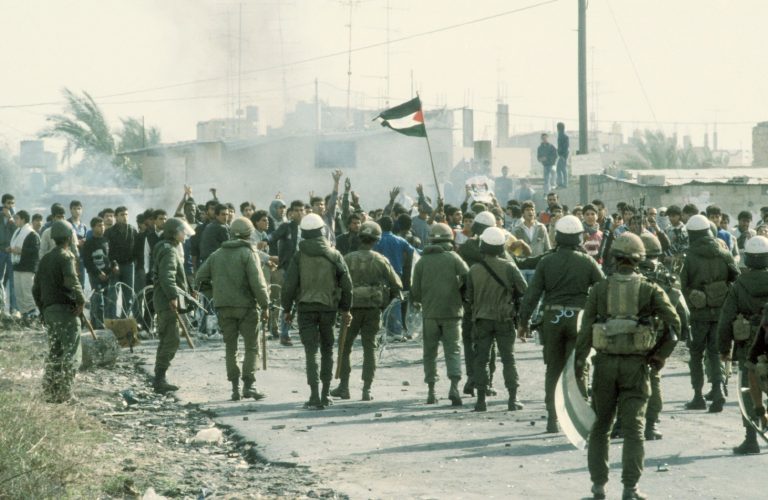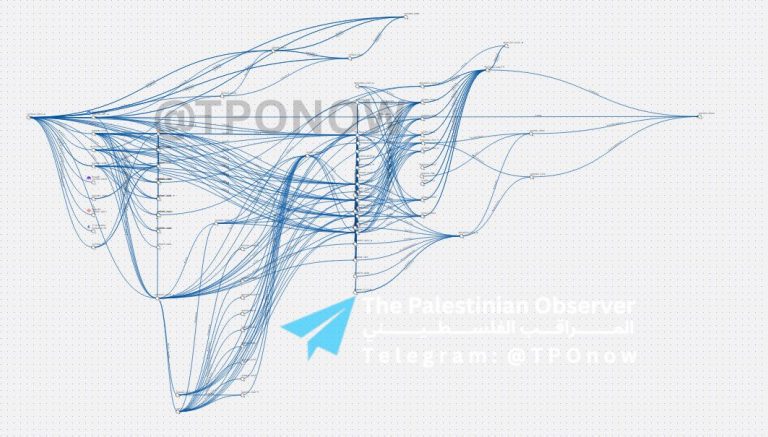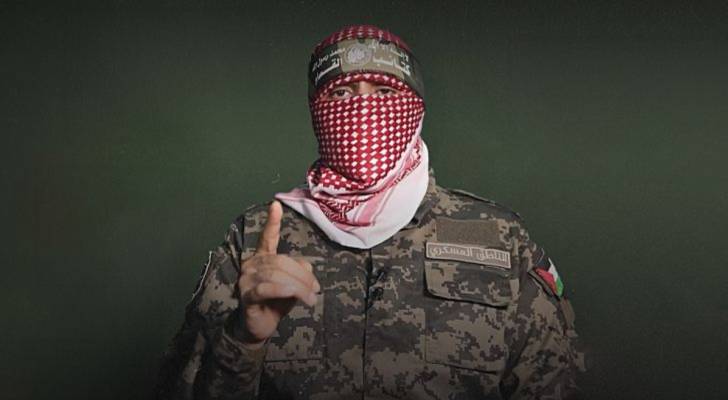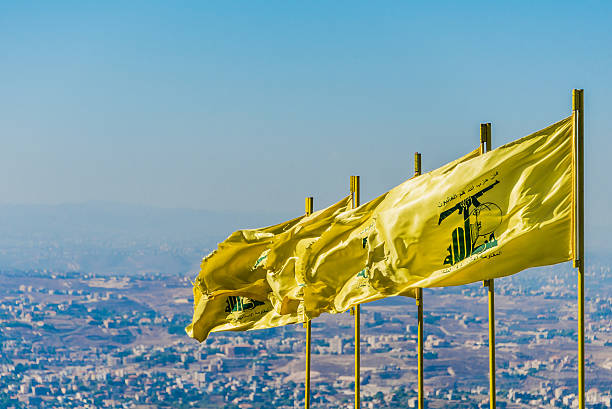𝐓𝐏𝐎 April 25, 2025
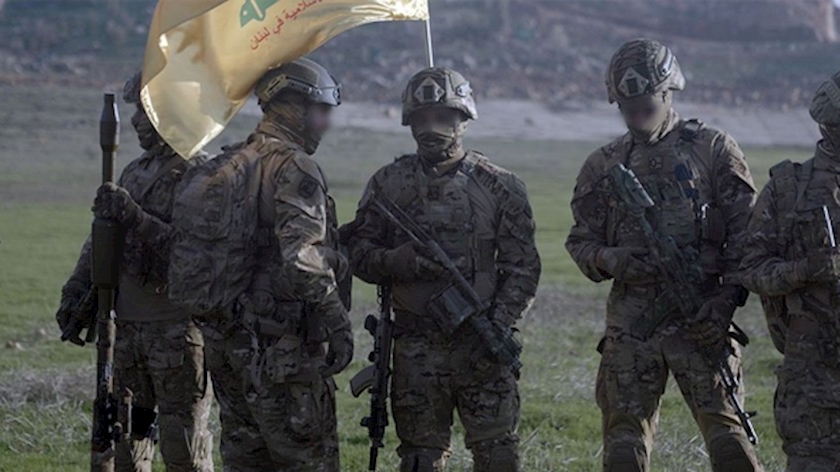
On October 8, 2023, Hezbollah launched guided rockets and artillery shells at Israeli positions in the Shebaa Farms, declaring solidarity with the Palestinian people following the October 7 operation and Israel’s initial bombing campaign on Gaza. In response, Israel retaliated with drone strikes and artillery targeting Hezbollah positions in southern Lebanon.
In September 2024, Israel escalated its campaign by conducting two waves of cyberattacks targeting Hezbollah’s communications infrastructure. Shortly afterward, Israel assassinated several top Hezbollah figures, including the group’s Secretary-General Hassan Nasrallah and his successor, Hashem Safieddine.
On October 1, 2024, the Israeli occupation army launched a ground invasion into southern Lebanon. The Israeli Air Force (IAF) reportedly struck over 100 Hezbollah positions. In retaliation, Hezbollah launched ten rockets into northern Israel and a drone toward central Israel, claiming to have targeted IDF sites, Israeli communities, and military personnel in twelve separate operations. Three rockets were also launched at the Upper Galilee, with Hezbollah stating it had targeted Israeli soldiers in Metula using rockets and artillery.
In a major escalation, Hezbollah targeted the headquarters of Unit 8200 in Tel Aviv with Fadi-4 rockets, along with the Mossad headquarters in the city’s suburbs. Around 30 additional rockets were fired from Lebanon toward northern Israel, with missiles reportedly striking near Sde Dov airport and airbase.
Fierce ground engagements ensued. In Maroun al-Ras, Hezbollah fighters clashed with Israeli forces entering from the eastern side, inflicting several casualties. The Lebanese Armed Forces (LAF) reported that an IDF unit crossed the Blue Line near Khirbet Yaroun and Odaisseh by approximately 400 meters before retreating.
The conflict exacted a heavy civilian toll. The Lebanese Health Ministry reported at least 60 deaths, including two children, and 58 wounded in Israeli strikes across 12 locations in the Beqaa Valley. Israel also bombed the southern towns of Rachaya al-Fakhar, Kfar Hamam, Alma ash-Shaab, and Naqoura.
On October 29, an Israeli airstrike on Haret Saida, southeast of Sidon, killed nine people and left a girl trapped under rubble. In Sarafand, ten were killed and 21 injured. An IDF soldier also died of wounds sustained in prior fighting.
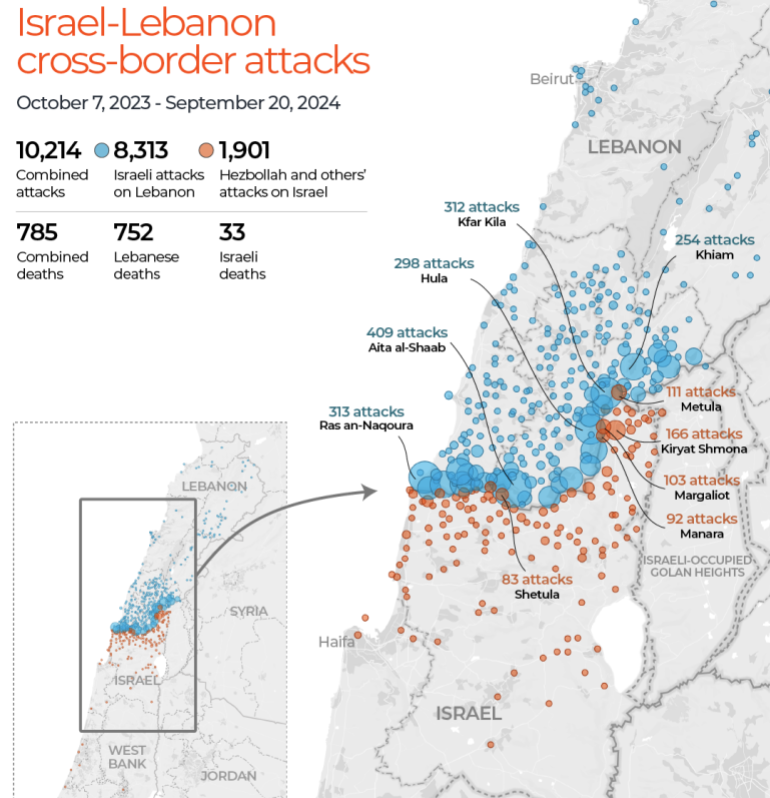
‘Israeli’ – Hezbollah border confrontations
In Baalbek, Israeli strikes killed 19 people, including eight women, across 20 reported bombardments—five of which were within city limits. In Sohmor, airstrikes killed 11 and wounded 15. Additional attacks in the Baalbek District claimed 19 more lives.
Despite the declaration of a ceasefire, Israeli offensives continued, with at least 18 airstrikes recorded by the evening of November 28.
The most prominent confrontations are the battle of Odaisseh, ending in 8 causalties and 48+ wounded for IDF and Hezbollah 30 fighters killed (according to IDF).
In Ayta al-Shaab one merkava tank was destroyed. Kfar Kila clashes resulted in at least 25 zionist soldiers wounded. Maroun al-Ras resulted in 8 IDF soldiers killed, 7 criticaly wonded and one merkava tank destroyed, while Hezbollah’s causalties remain unknown. Ramyah clashes were the most succsessful for the resistance, where 50 IDF soldiers where killed and 10 merkava tanks were destroyed.
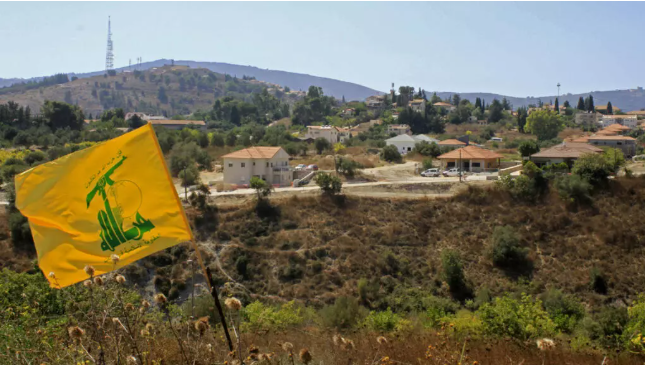
Hezbollah flag rising above a lebanese village.
Although Hezbollah, as according to the ceasefire agreement, has dismantled its infrastructure in Southern Lebanon, the resistance group remains its military power north of Litani river, while choosing to gradually rebuild its prominent power, as Secretary-General Sheikh Naim Qaseem stated regarding calls to disarm the resistance: “We will not let anyone to disarm the resistance.” “The ceasefire agreement is limited to the south of the Litani River, and we have implemented everything we were required to do. We will not allow anyone to disarm Hezbollah or disarm the resistance. These weapons are a pillar of the resistance and have given life and freedom to our people, liberated our homeland, and protected its sovereignty.” – He added
